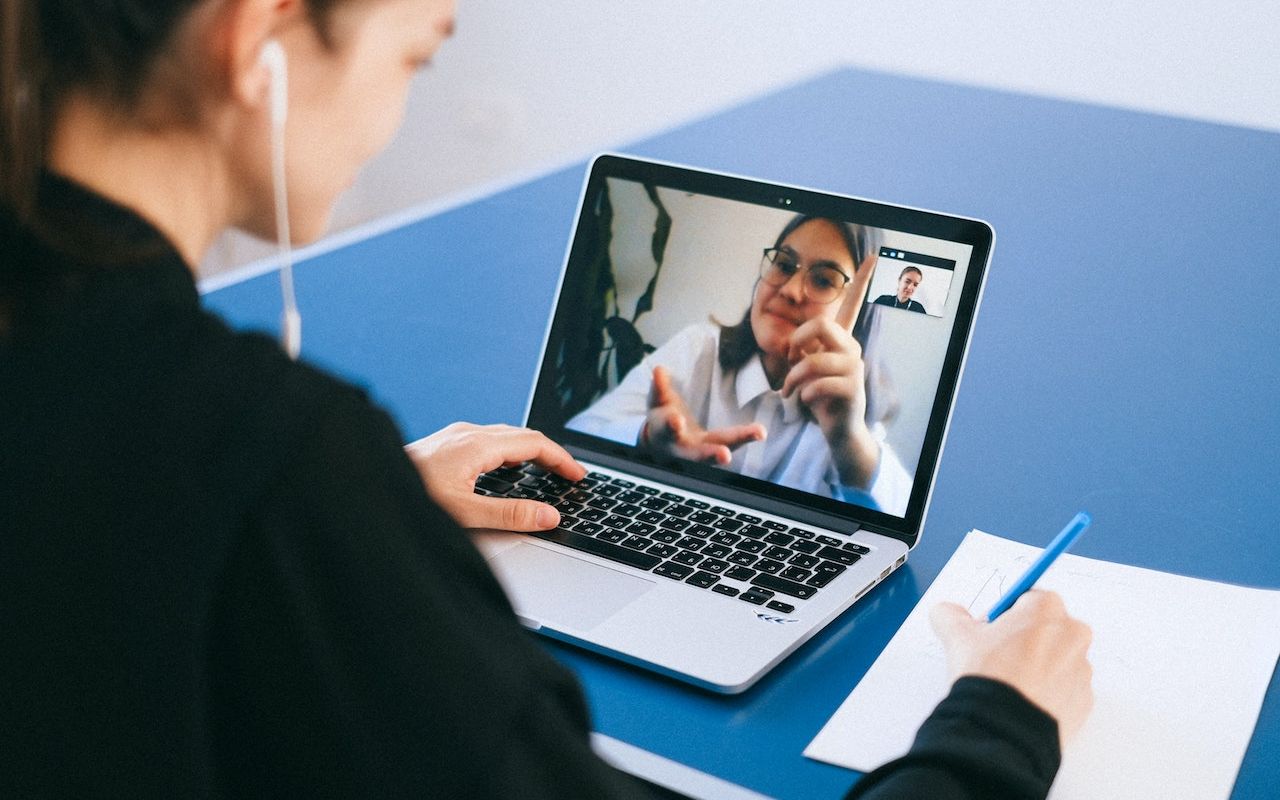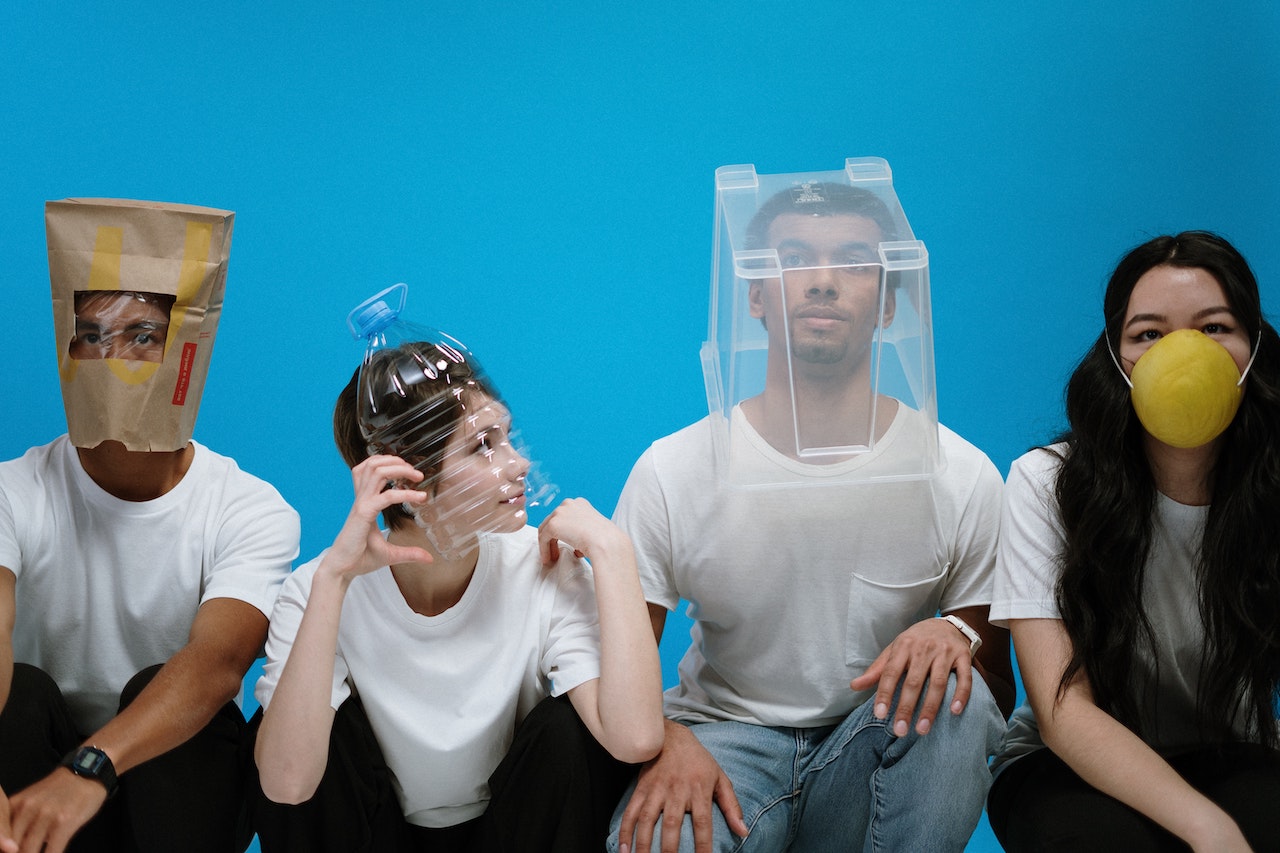I touch the future. I teach, as I quote these ominous words of Christa McAuliffe, perhaps no one ever had thought of the looming disaster of the Covid-19 pandemic! Yes, universities have faced major challenges, such as in the wake of the technotronic age and the onset of the MOOC courses and have undergone major transformations, in their functions, nature and scope but none that will bring us to the ultimate challenge of new normal. Let us take a brief is however little in terms of their governance structures as also the teaching learning process and the pedagogy, to cope with emerging times both in the nature and value of knowledge dissemination, fostering innovation, creativity and imagination in relation to society and the economy, (Robertson, 2010). In a 2009 UNESCO Report (Altback, et al., 2009:xii) it was highlighted that higher education is indeed a major engine for social change and economic development with university, government-industry linkages (the‘ triple-helix’). There are issues intimately tied to the regulatory framework, governance matrix of universities in a federal polity and more than ever before increasing monitoring rather than facilitation and lack of autonomy be it public or private.
Bates however (2015, 15) argued that there is a real danger in tying the university too closely to immediate industry needs and labour market needs. From India’s perspective as tuition and fee increase and public funding for universities gets tied to the ratings driven more by indicators such as placements and employability quotients rather than any infrastructure or quality imperatives students do tend to be allured by education abroad. Indeed many students are already judging higher education as a poor economic investment given their chance of employment after graduation. Well it is often quoted that the mediocre teacher tells, the good teacher explains, the superior teacher demonstrates, the great teacher inspires.
Let me cite from my own experience of Australia, as a student at Swinburne and much later at Monash University where I taught, on the evolving teaching and learning process. The question being asked now in light of the pandemic ‘’whether a university education’’ is at all a good investment for working life and citizenship in the new century or, more precisely, whether it is good value for money, (Barber, et al., 2013:1). Ernst & Young (2012:4) in a report argue that the dominant university model in Australia, where I once learned and taught, where a broad-based teaching and research institution, supported by a large asset base and a large, predominantly in-house back office — is proving to be unviable. This remains equally valid in India and elsewhere. Thus, a key challenge for higher education elsewhere as much as in our country, in these pandemic times, is the force of remote and online learning, technological change, intense competition and constrained resourcing ‘to have the optimal mix of online and on-campus teaching as was argued by Gallagher & Garrett, 2013:9. As Plutarch, the Greek philosopher is oft quoted, the mind is not a vessel to be filled but a fire to be kindled and to kindle that fire, we at times may need even brick and mortar teaching and learning.
Let me briefly go to the root of the issue of the ‘’Teaching and Learning Process’’ in our country and elsewhere in the world, where we follow the basic paradigm in higher education set out in Bloom’s Taxonomy as modified to date. Indeed it is a case in point that most Universities here have not moved beyond Benjamin Bloom and his collaborators who laid emphasis on just six major categories: Knowledge, Comprehension, Application, Analysis, Synthesis, and Evaluation. Let me state that the New Education Policy does try and address the issues of critical thinking and imagination but a lot more needs to be done for value education, character building and man making so critical to a diverse country as ours. Let me remind what Albert Einstein had to say, it is the supreme art of the teacher to awaken joy in creative expression and knowledge.
Following on Bates (2015:327), who questions the considerations regarding course design to include issues as to what kind of learners are likely to take this course? What are their needs? Which mode(s) of delivery will be most appropriate? What is the preferred method(s) of teaching? What is the main content (facts, theory, data, and processes) to be covered on this course? How to assess understanding of this content? What are the main skills that learners will need to develop for the course? What ways in which they can develop and practice these skills? How can technology help with the presentation of contents? What resources are required for this course in terms of: professional help from instructional designers and media producers; possible sources of funding for release time and media production; good quality open educational resources?
Peter Drucker mentions that teaching is the only major occupation of man for which we have not yet developed tools that make an average person capable of competence and performance. In teaching we rely on the ‘naturals’, the ones who somehow know how to teach. Indeed yes we learn as, in our country as abroad these questions become paramount in a post pandemic world. Let us have no doubt that the online and virtual or digital world takes precedence on the issue of mode of delivery. The commonly available learning technologies have been: learning management systems, such as Blackboard, Moodle, Desire2Learn, Canvas; synchronous technologies, such as Blackboard Collaborate, Adobe Connect, and Big Blue Button; lecture recording technologies, such as podcasts and lecture capture using tablets and mobile devices, such as iPads, mobile phones, and apps; MOOCs and their many variants (SPOCs, TOOCs, etc.); other social media, such as blogging software, wikis, Google Hangout, Google Docs, and Twitter; learner-generated tools, such as e-portfolios. Critical new advances in educational technology and the teaching learning process for higher education include, Consumer technologies, such as 3D Video Drones, Electronic Publishing Mobile Apps, Quantified Self Tablet Computing, Telepresence; Wearable Technology and Internet Technologies, such as Cloud Computing The Internet of Things Real-Time Translation Semantic Applications Single Sign-On Syndication Tools Social Media Technologies, Collaborative Environments, Collective Intelligence, Crowd funding, Crowd sourcing, Digital Identity Social Networks, Tacit Intelligence; Digital Strategies, such as Bring Your Own Device (BYOD), Flipped Classroom, Games and Gamification, using Location Intelligence Makerspaces, Preservation/Conservation Technologies, Learning Technologies, such as Badges/Microcredit Learning Analytics, Massive Open Online Courses, using Mobile Learning, Online Learning, Open Content, Open Licensing, Virtual and Remote Laboratories; Visualization Technologies, such as 3D Printing/Rapid Prototyping, Augmented Reality, Information Visualization, using Visual Data Analysis, Volumetric and Holographic Displays; and Enabling Technologies, such as Affective Computing, Cellular Networks, Electro vibration, Flexible Displays, Geolocation Location-Based Services, Machine Learning, Mesh Networks, Mobile Broadband, using Natural User Interfaces, Near Field Communication, Next-Generation Batteries, Open Hardware, Speech-to-Speech Translation, Statistical Machine, Translation Virtual Assistants and Wireless Power. Here I would reiterate that here or anywhere in the world, he who dares to teach must never cease to learn and not to forget, what Mahatma Gandhi once said, live as if you were to die tomorrow. Learn as if you were to live forever. So let us learn to unlearn and re learn these new normal techniques.
Yes, post Covid-19 teaching and learning process and pedagogies will be disruptive and technology will bring about a decisive change in higher education through an online and virtual learning to start with followed by blended learning and internships. My favorite poet, Robert Frost, once quipped, I am not a teacher, but an awakener.
The teachers and the universities have to be adaptive and flexible to provide real-time feedback and support to the students in smaller groups and peer-to-peer learning. The integration of pedagogy, technology and virtual reality of the new normal will define the emerging model of blended teaching and active learning with particular attention being paid to remote mobility, flexibility and multiple device and technology fusion and usage. To conclude, let me quote, Mustafa Kemal Atatürk, and as teachers for us to remember, that a good teacher is like a candle – it consumes itself to light the way for others. And the challenge before us, in the new normal has to be taken by the horns for the New Positive.
References
Altback, P.G., Reisberg, L., & Rumbley, L.E., (2009). Trends in Global Higher Education: Tracking an Academic Revolution. A Report prepared for the UNESCO 2009 Conference on Higher Education, UNESCO. Retrieved from: http://unesdoc.unesco.org/images/0018/001831/183168e.pdf
Barber, M., Donnelly, K., & Rizve, S. (2013). An avalanche is coming: Higher education and the revolution ahead. Institute for Public Policy Research, London, UK. Retrieved from:
http://med.stanford.edu/smili/support/FINAL%20Avalanche%20Paper%20110313%20(2).pdf
Bates, A.W. (2015) Teaching in a digital age. BC Open Textbook. Retrieved from: (http://opentextbc.ca/teachinginadigitalage/)
Bloom, B. S.; Engelhart, M. D.; Furst, E. J.; Hill, W. H.; Krathwohl, D. R. (1956). Taxonomy of educational objectives: The classification of educational goals. Handbook I: Cognitive domain. New York: David McKay Company.
Christa McAuliffe, by Hohler, Robert T. (1986). “I Touch the Future …” The Story of Christa McAuliffe. New York, NY: Random House. ISBN 0-394-55721-2.
Ernst & Young (2012). University of the Future: A thousand year industry on the cusp of profound change. Ernst & Young, Australia. Retrieved from: http://www.ey.com/Publication/vwLUAssets/University_of_the_future/$FILE/University_of_th e_future_2012.pdf
European Parliament (2006). Key competencies for lifelong learning: A European reference framework. Official Journal of European Union. Retrieved from:
http://eur-lex.europa.eu/LexUriServ/LexUriServ.do?uri=OJ:L:2006:394:0010:0018:EN:PDF
Gallagher, S., & Garrett, G. (2013). Disruptive Education: Technology Enabled Universities’. The United States Studies Centre at The University of Sydney, NSW Government. Retrieved from:
Robertson, S.L. (2010) Challenges Facing Universities in a Globalising World, published by the Centre for Globalisation, Education and Societies, University of Bristol, Bristol, UK. Retrieved from:
https://susanleerobertson.files.wordpress.com/2012/07/2010-robertson-challenges.pdf









So true!!